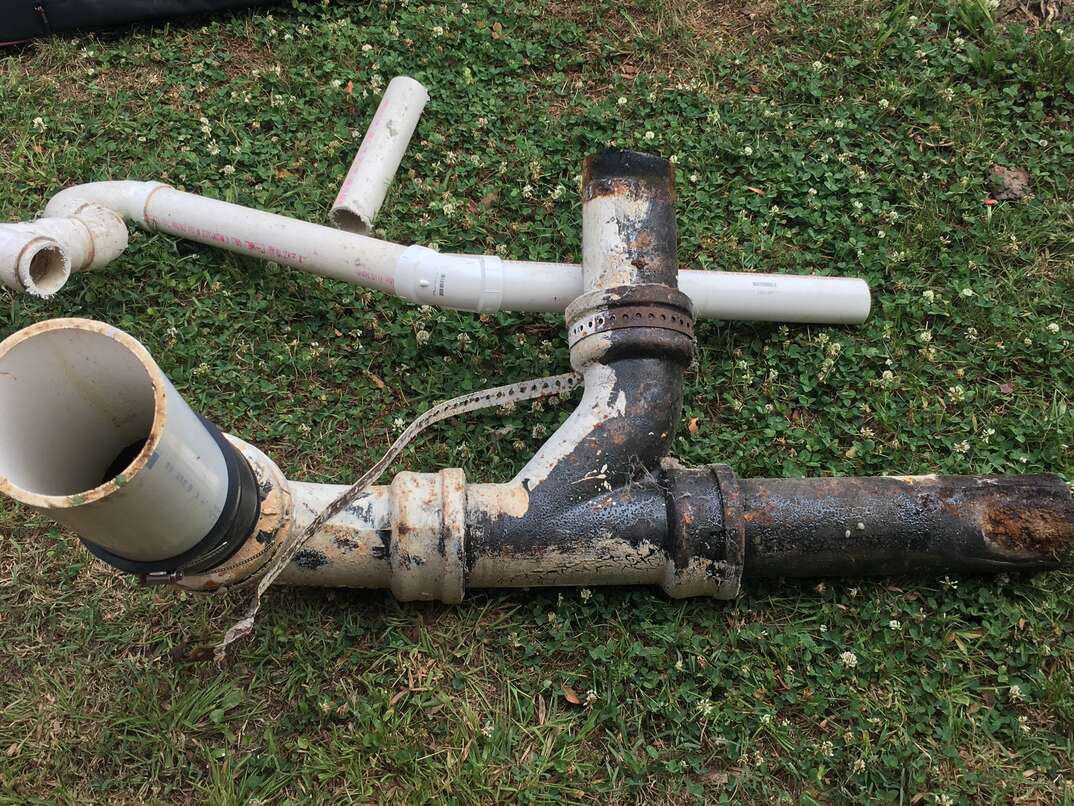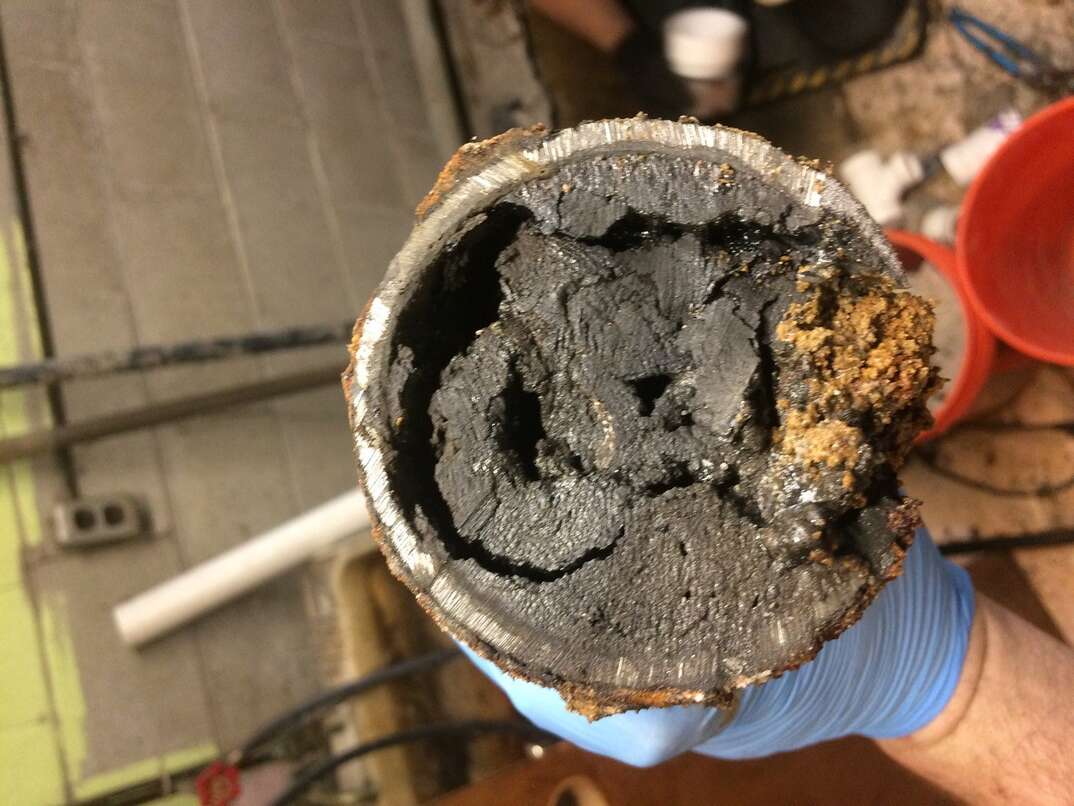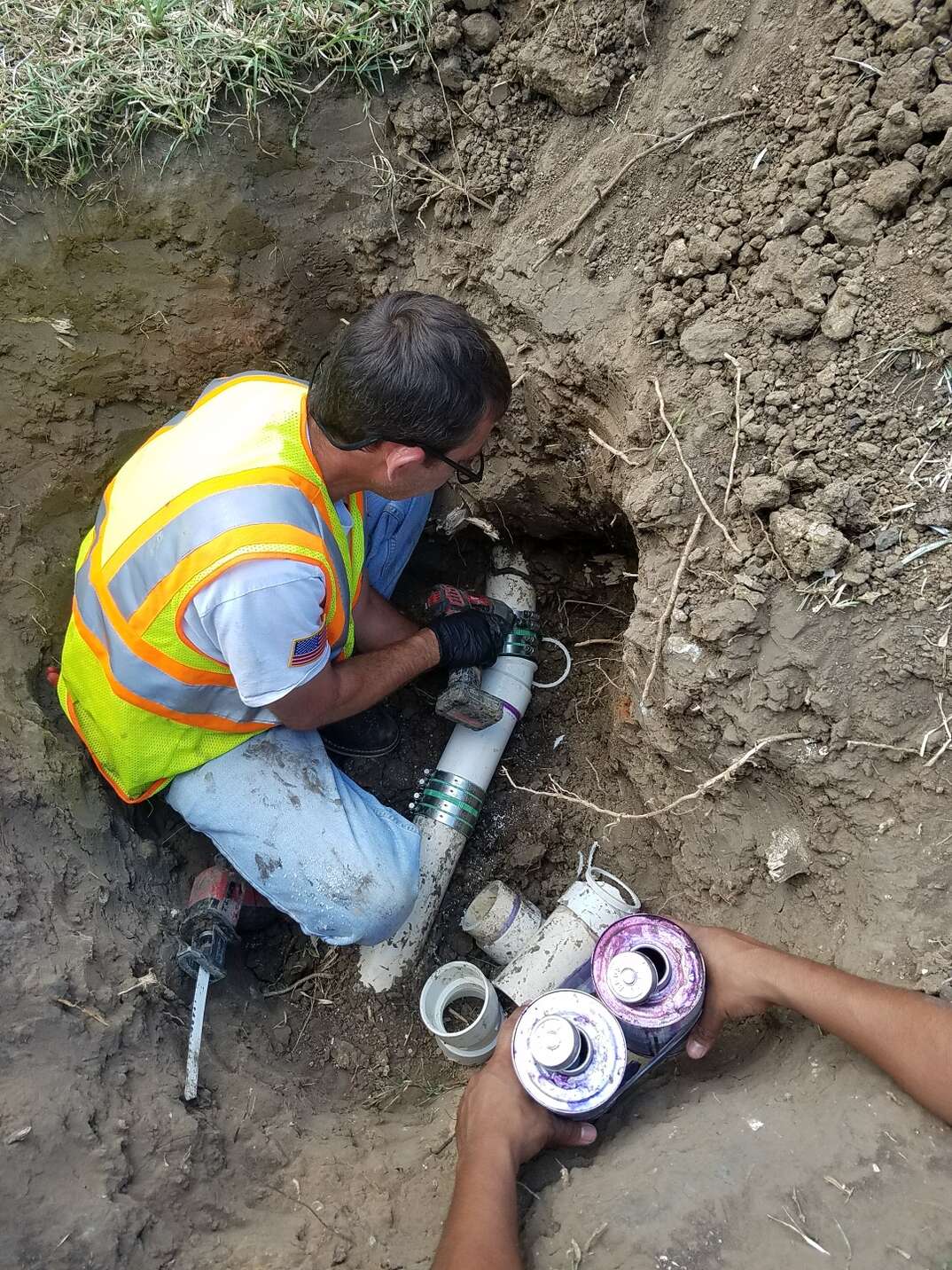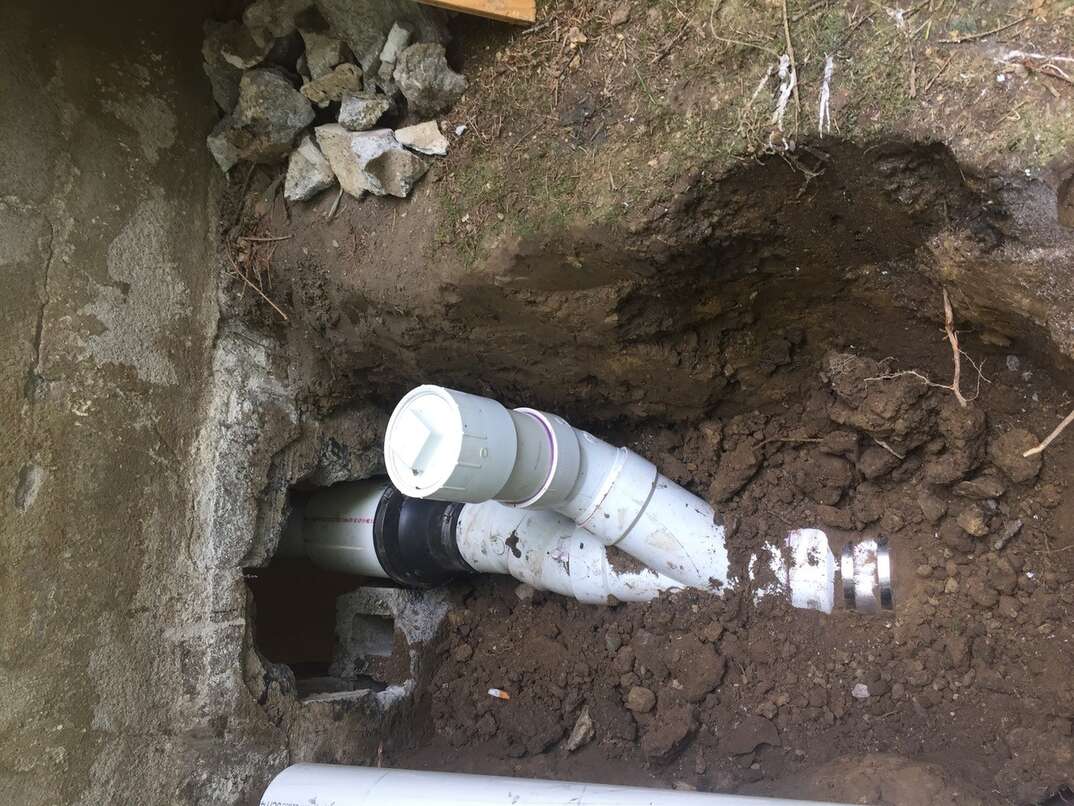Should You Go Pro or Try DIY for Your Sewer Line Repair? Here’s What You Should Know

If you've noticed weird smells coming from your drains, soggy patches in your lawn or backed-up pipes, your sewer line might be to blame. Your sewer line is one of the most critical parts of your plumbing system. Therefore, it's no surprise that most homeowners start panicking the second they realize their sewer line may need to be repaired or replaced.
This May Also Interest You: How Much Does It Cost to Replace a Sewer Line?
Sewer line replacements and repairs have a reputation for being pricey, so you might be thinking about fixing the problem yourself instead of hiring a professional. But before you dive into any DIY repairs, there are a few things you need to keep in mind.
 ----------------------------------------
----------------------------------------
Does Your Broken Sewer Line Need to Be Repaired or Replaced?
When trying to decide between DIY and professional help, one of the very first things you need to consider is the extent of the damage. Typically, basic leaks and small cracks can be handled with repairs. However, if the pipes are very old or have extensive damage throughout the whole system, they will need to be dug up, removed and replaced with a brand-new pipe. If your sewer line is so damaged that it needs a full replacement, you'll definitely need to call the pros. Go ahead and skip to the end of this guide if that’s the case.
If You Decide to DIY...
If the damage isn't that bad, you're in luck. Instead of paying for a full sewer line replacement, you might be able to get away with more affordable repairs. Before deciding whether you want professional assistance, you might want to learn a little more about your repair options. Of course, before you start any DIY project, make sure to take all safety precautions to protect yourself.
Pipelining for Cracked Pipes
Pipelining is often one of the simplest and most affordable ways of fixing a cracked or leaking pipe. This technique involves inserting an epoxy-covered tube inside of your sewer line. Once the tube is in place, you can inflate it. The epoxy will harden, creating a new, leakproof lining on your sewer pipe.
Though this repair does require specialized equipment, a homeowner with a decent amount of DIY experience may technically be able to do it themselves. However, in most cases, it is better to get professional help. Making a mistake while installing a pipelining can just damage your system further.
Pipe Bursting
Pipe bursting is another method of trenchless sewer repair. Like pipelining, it will involve feeding equipment through the existing lines. However, with pipe bursting, a bit destroys the pipe as it replaces it with a new one. This can be a little more expensive and somewhat complex. Usually, a professional plumber needs to operate the equipment.

Tree Root Removal
Often, sewer lines get broken because tree roots have wormed their way into them. Depending on the situation, fixing this problem can be a DIY project. It may be as simple as running a chemical root removal solution through your sewer system or cutting away tree roots. Sometimes, just removing excess tree roots is enough to get your system running without leaks.
However, it is possible for tree roots to either crack or clog your sewer line. In these situations, you will need to be more cautious about making repairs yourself. You might potentially need to get a professional out to replace the line or provide more extensive repairs.
More Related Articles:
- Got a Clogged Sewer Line? Here’s What to Do
- What’s the Difference Between Septic and Sewer?
- 3 Signs of Sewer and Septic Issues
- Never Flush These 11 Things Down Your Toilet
- What’s a Fatberg? Spoiler: IT’s as Gross as It Sounds)
 -------------------------------------------
-------------------------------------------
When Should You Opt for Professional Services?
Ultimately, whether you should do DIY repairs or hire a professional just depends on your own expertise and the type of sewer line issue you have. That said, the majority of cases will require professional assistance. However, if you have a lot of plumbing know-how and a fairly simple leak, there is a chance you can do it yourself.
The big advantage of doing a DIY repair is that it can be cost-effective. Since you only have to pay for materials, you are not paying hundreds of dollars for the plumbing technician's time. Furthermore, doing the project yourself gives you more control. You may be able to finish it up faster than if you were to schedule repairs, and you can pick a time that's convenient for you.
That being said, the pros of professional sewer pipe repair almost always outweigh the cons. Sewer pipes are one of the more complex parts of your home. Fixing them isn't as basic as unclogging a drain line or installing a faucet. You typically need advanced equipment, which can be pricey to purchase or rent. Furthermore, it might take you a lot of time. The same problem a professional can fix in a few hours might take you days to address.
Depending on where you live, DIY sewer repairs might not even be an option. Many cities require you to get permits for sewer work, and they will only provide permits if a licensed plumber is fixing the issue. Trying to do a sewer project without having everything is up to code may put you in legal trouble or cost you extra down the road.
The final reason to get a professional for your project is simply that there is a big risk associated with DIY sewer repairs. When you try to fix a sewer problem yourself, there are many ways it can go south. A tiny leak can turn into a huge crack, or a small clog can end up backing up inside your drains. There are also hazards like methane gas exposure, salmonella infections and other dangers associated with handling sewer lines improperly. If you don't go the professional route, you can end up spending a lot of time and energy trying to fix the problem later down the line.
Traditional Vs. Trenchless Sewer Line Repairs
Whether you go with DIY or professional repairs, you'll end up hearing a lot about traditional and trenchless options. Traditional sewer line work involves digging a trench around the line to expose it. If you do the repairs yourself, you'll usually have to go this route, which means you may end up damaging your whole lawn.
However, some professionals offer trenchless sewer line repair methods. These use specialized equipment to fix your sewer without having to dig up the lawn. Trenchless sewer line repairs are often faster and more affordable, and they require less cleanup afterward.
 -------------------------------------------
-------------------------------------------
Sewer Line Repair FAQs
Does Insurance Cover Sewer Line Repair?
Technically, a generic homeowners insurance policy might cover sewer repair. However, many policies have a clause that specifically states sewer lines or damage caused by sewage backup are not covered. Furthermore, your insurance might not cover damage caused by issues like natural disasters, lack of maintenance or invading tree roots.
How Deep Are Sewer Lines?
This varies quite a bit depending on your climate and your type of plumbing. Some pipes may be buried 12 inches below ground, while others might be buried as deep as 6 feet.
Is Pipelining Worth It?
Pipe relining is a cost-effective and simple way of fixing a sewer leak. It might not be worth it in cases of extensive damage, though; it only works properly when there is a section of intact pipe for the lining to adhere to.
How Long Do Trenchless Sewer Repairs Last?
Trenchless repairs can be just as reliable as traditional methods. Treatments like pipelining can last up to 50 years.

